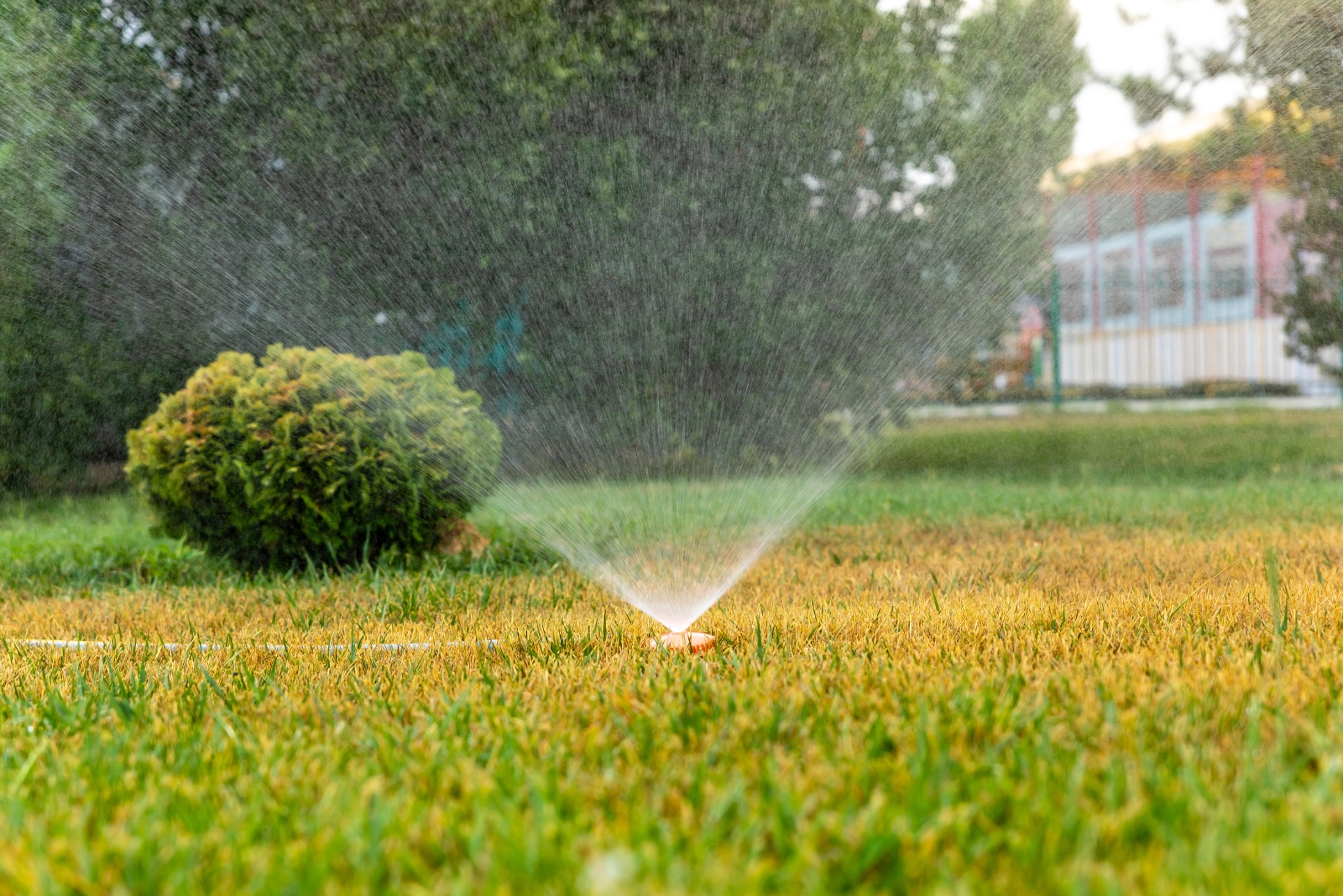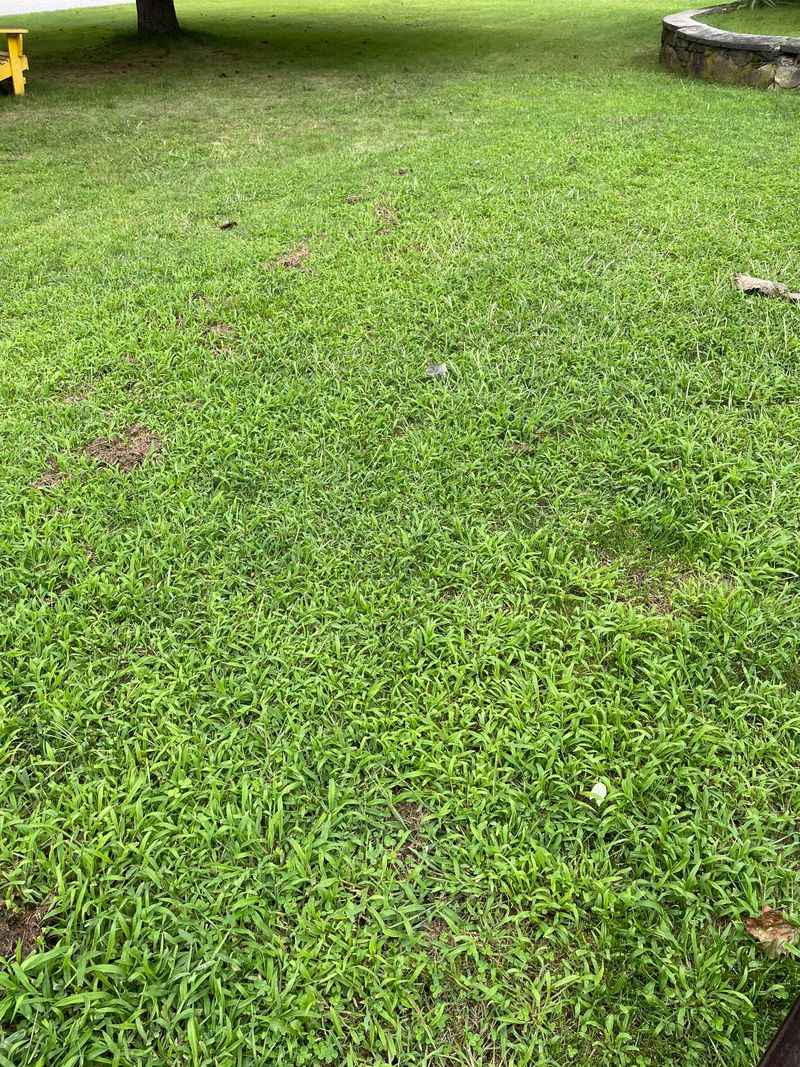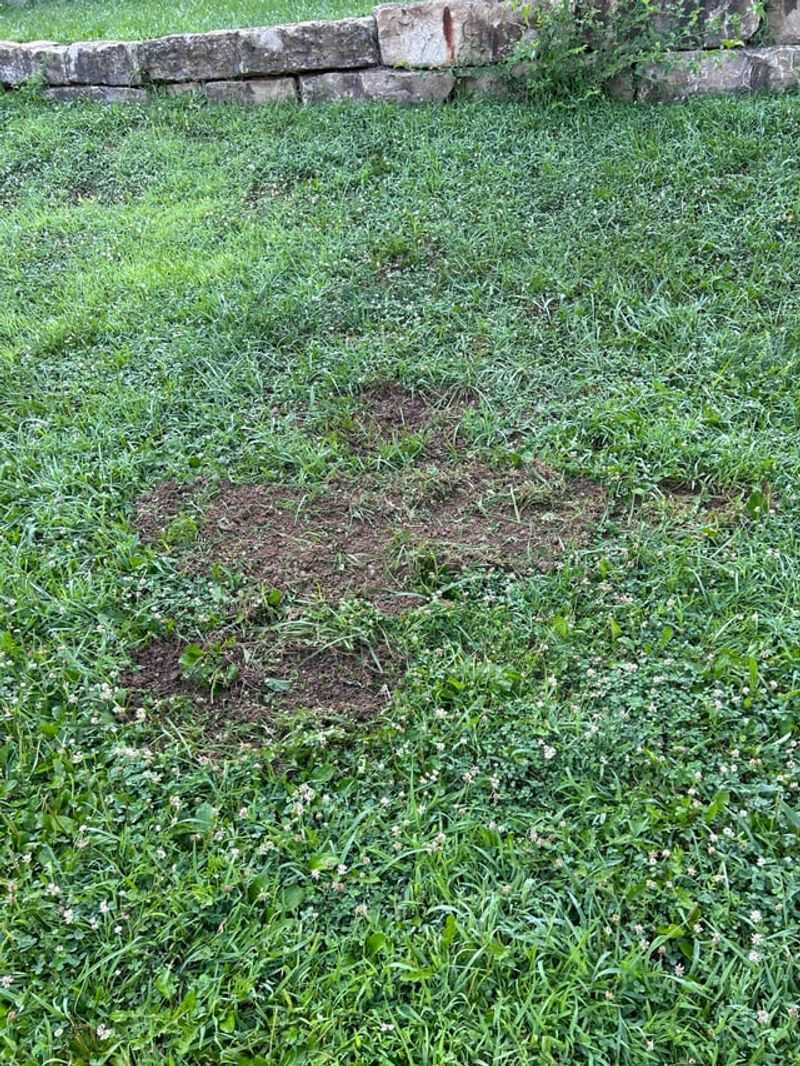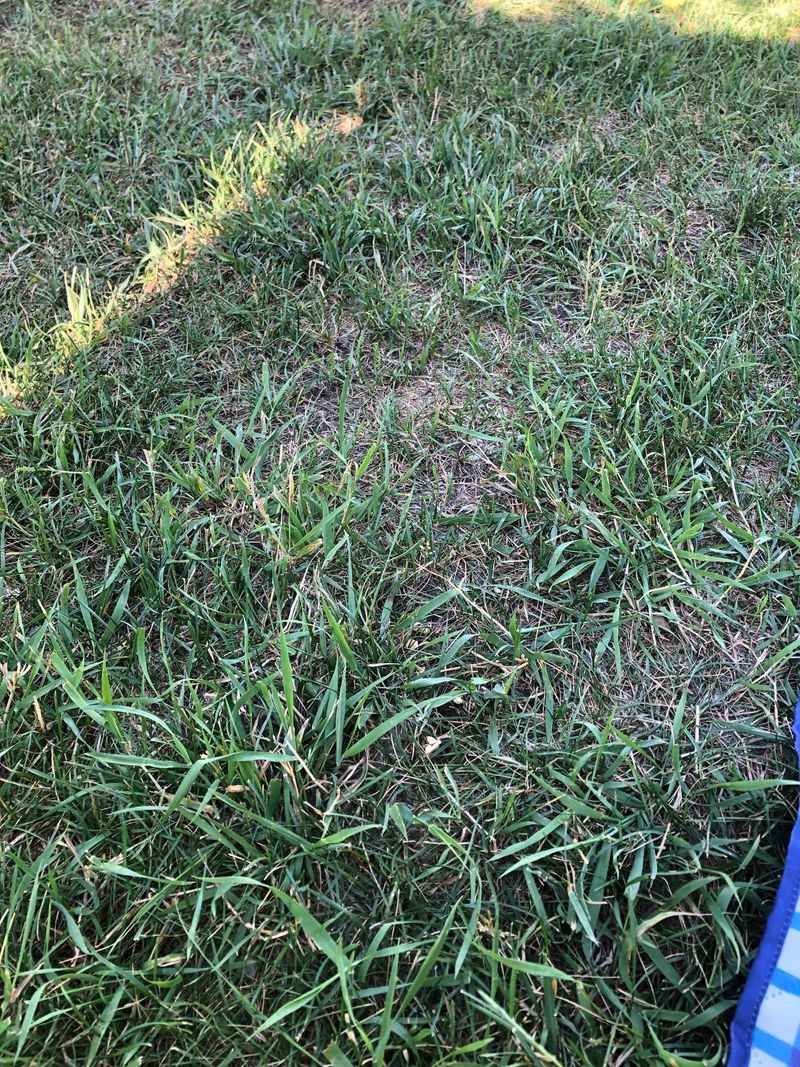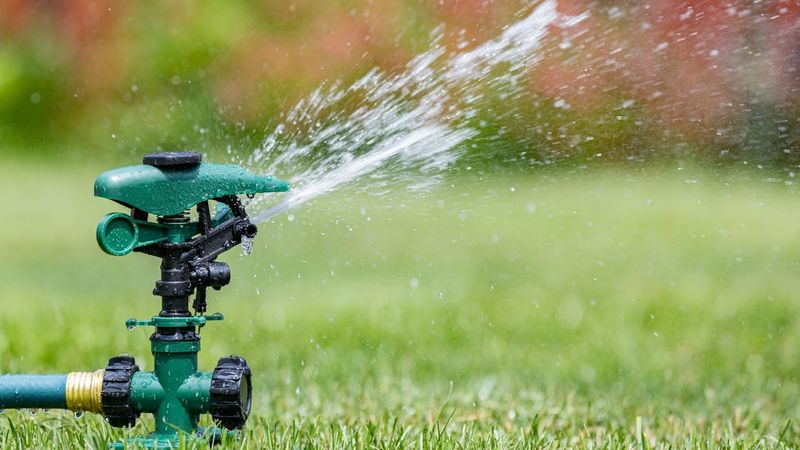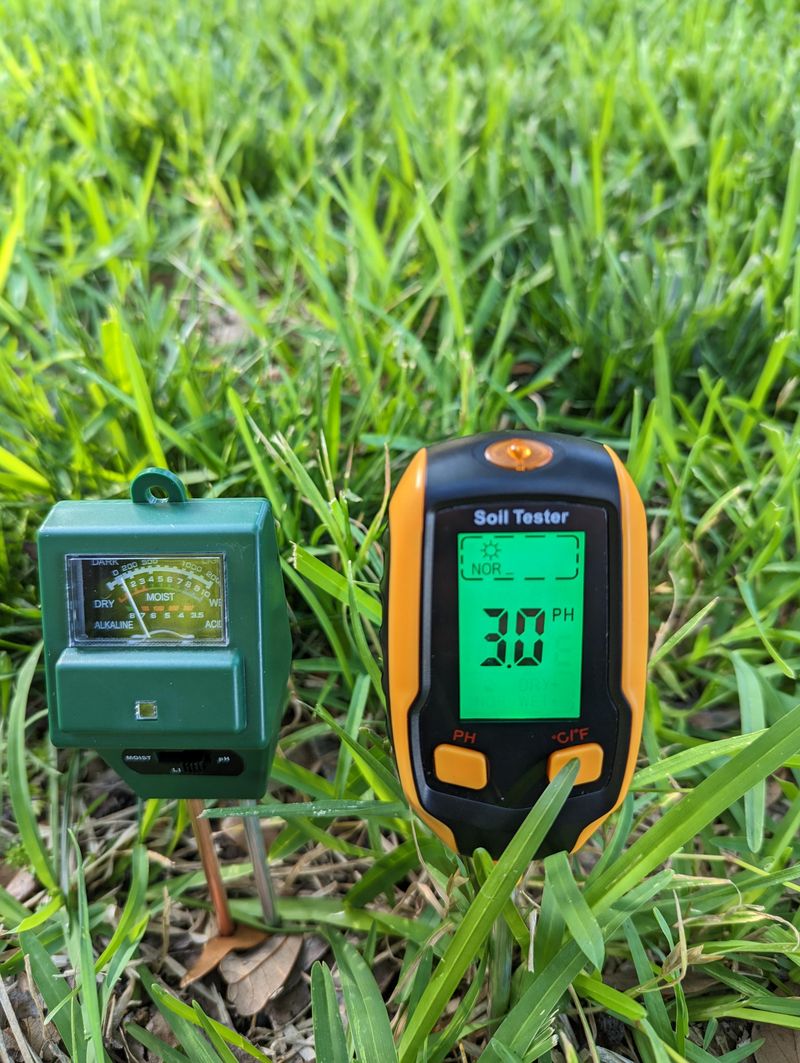Crabgrass loves to crash the party in Ohio lawns just when everything’s starting to look perfect. It sneaks in through little slip-ups that most gardeners don’t even notice.
The tricky part is, those small habits can make it spread faster than you’d think. Once you spot what’s causing it, your Ohio lawn can bounce back greener and stronger in no time.
1. Mowing Your Grass Too Short
Cutting your lawn too low might seem like a time-saver, but it actually invites crabgrass to move right in. When grass is scalped down to an inch or two, sunlight reaches the soil surface easily, which is exactly what crabgrass seeds need to sprout.
Ohio lawns do best when kept around three inches tall during growing season. Taller grass shades the ground and prevents those annoying weeds from getting started. Your mower blade height matters more than you might think for keeping crabgrass away.
2. Watering Too Frequently With Shallow Sessions
Light, daily watering creates shallow root systems that weaken your grass while giving crabgrass seedlings the moisture they crave near the surface. Instead of helping your lawn, you’re basically rolling out the welcome mat for weeds.
Deep, infrequent watering encourages grass roots to grow downward, making your lawn stronger and more drought-resistant. Ohio homeowners should aim for about one inch of water per week, applied in one or two sessions. This approach starves crabgrass while feeding your healthy turf.
3. Skipping Pre-Emergent Herbicide Applications
Pre-emergent herbicide works like an invisible shield, stopping crabgrass seeds before they can germinate in your yard. Missing that early spring window means you’re fighting an uphill battle all summer long.
Timing is everything with pre-emergents in Ohio—apply when soil temperatures reach about 55 degrees, typically in March or early April. Most products need reapplication after eight to ten weeks for season-long protection. Without this preventive step, you’re letting thousands of crabgrass seeds get a head start on your lawn.
4. Over-Fertilizing With High Nitrogen in Summer
Blasting your lawn with nitrogen-rich fertilizer during Ohio’s hot summer months stresses cool-season grasses while giving crabgrass exactly what it loves. Crabgrass thrives in heat and gobbles up extra nitrogen faster than your regular grass can.
Cool-season lawns common in Ohio prefer lighter feeding during summer heat and heavier applications in fall. Save your heavy fertilizing for September and October when desirable grasses are actively growing. Reducing summer nitrogen helps your lawn compete better against invasive weeds.
5. Ignoring Bare Patches and Thin Areas
Empty spots in your yard are basically vacant real estate that crabgrass will claim within days. Whether caused by pet damage, heavy foot traffic, or disease, these bare areas need immediate attention before weeds move in.
Overseeding thin spots and patching bare areas gives your desirable grass a fighting chance to fill in first. Ohio lawns respond best to overseeding in late summer or early fall when temperatures cool down. Quick action on damaged areas prevents crabgrass from establishing permanent colonies across your property.
6. Compacting Soil With Heavy Traffic
When soil gets packed down from constant walking, playing, or parking, grass roots struggle to penetrate and absorb nutrients properly. Weak grass means more opportunity for opportunistic weeds like crabgrass to take hold.
Compacted areas in Ohio yards benefit tremendously from core aeration, which pulls small plugs of soil to relieve pressure and improve air circulation. Schedule aeration in early fall for best results with cool-season grasses. Healthier roots mean denser turf that naturally crowds out unwanted invaders.
7. Watering During Peak Afternoon Heat
Running your sprinklers when the sun is blazing wastes water through evaporation and creates stress for your grass. Much of that precious water never reaches the roots, leaving your lawn thirsty while surface moisture encourages crabgrass germination.
Early morning watering between 4 and 10 AM gives grass blades time to dry before nightfall, reducing disease risk while maximizing absorption. Ohio’s summer heat makes timing crucial for water efficiency. Proper scheduling strengthens your turf while denying crabgrass the conditions it needs to spread rapidly.
8. Using Dull Mower Blades
Dull blades tear and shred grass instead of making clean cuts, leaving ragged edges that turn brown and invite disease. Stressed, damaged grass loses its ability to compete effectively against aggressive weeds.
Ohio homeowners should sharpen mower blades at least twice per season, or more often if cutting frequently. Sharp blades create healthy, clean cuts that heal quickly and keep grass vigorous. Strong, undamaged turf naturally resists crabgrass invasion better than torn, weakened grass that’s struggling to recover from poor mowing practices.
9. Neglecting Proper Lawn pH Balance
Acidic soil conditions common in parts of Ohio can weaken grass while creating an environment where crabgrass feels right at home. When your lawn’s pH drops too low, grass can’t absorb nutrients properly no matter how much fertilizer you apply.
Testing your soil every few years reveals whether lime applications are needed to raise pH into the ideal range of 6.0 to 7.0. Most county extension offices offer affordable testing services. Balanced pH means healthier grass that naturally outcompetes weeds through vigorous growth and thick coverage.

